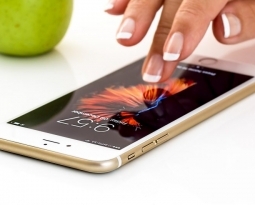R&D Tax Incentive inspiring ground-breaking research
3D printing has revolutionized hundreds of industries and has been particularly notable in the biomedical field. The technology is being used to make prosthetic limbs, replacements for bones, tendons, functional organ pieces and living human tissue for the testing and development of new drugs.
In 2007, Keith Murphy and Professor Gabor Forgacs from the University of Missouri founded the company Organovo. Organovo designs and prints functional human tissue for disease modelling and toxicology, human body implants and drug research and testing. The company also provides 3D printed tissue to academic facilities allowing future medics to get better training.
With the 3D printing market becoming increasingly more popular to invest into, particularly with the increase of government incentives for research and development, companies like Organovo can significantly benefit from substantial tax credits.
The federal R&D Tax Credit allows a credit of eligible spending for new and improved product and processes if qualified research meets the following four criteria:
- New or improved products, processes or software
- Technological in nature
- Elimination of uncertainty
- Process of experimentation
In 2015 the R&D Tax Credit became permanent, allowing the claiming of employee wages, cost of supplies, cost of testing, contract research expenses and costs associated with developing a patent. In 2016 start-up businesses could begin to utilize up to $250,000 credit in payroll taxes, which is particularly beneficial for 3D bio printing companies like Organovo, due to the long R&D time period of the projects.
The R&D tax incentive scheme has allowed for some ground breaking research achievements which will significantly benefit the wellbeing and treatment for people as well as improving future research. Organovo have been able to produce a 3D liver, named the ExVive Human Liver, which is being used to study predictive liver tissue-specific toxicity. The company has also created the ExVive Human Kidney which is being used to study nephrotoxicity due to drug responses. Additionally, the Missouri founded research company is also working on 3D printed tissue to be used as a source of therapy for patients with damage and disease to natural tissue.
Such ground-breaking findings pin point the significance of R&D tax credits in supporting innovation and development of revolutionary technologies. If you would like to find out more about the R&D incentive and whether your company may qualify for a tax credit, contact a Swanson Reed R&D tax specialist today, we look forward to speaking with you.

















